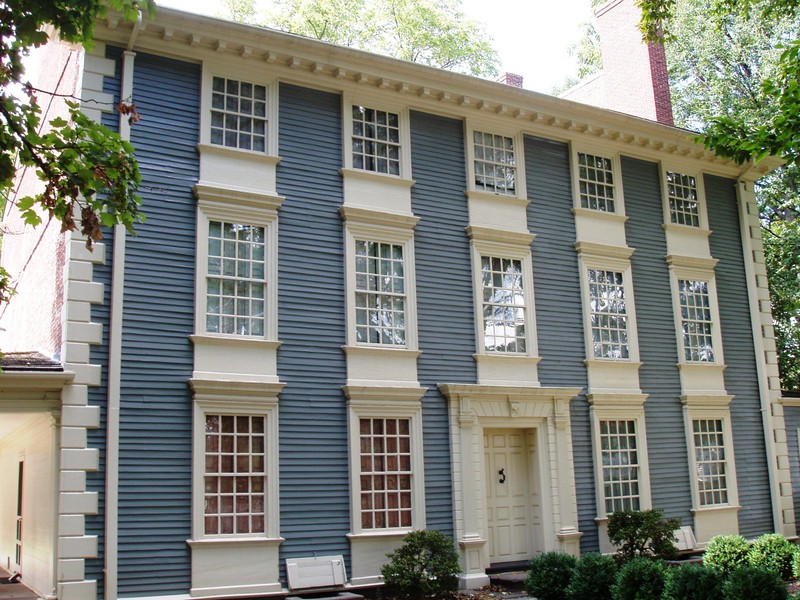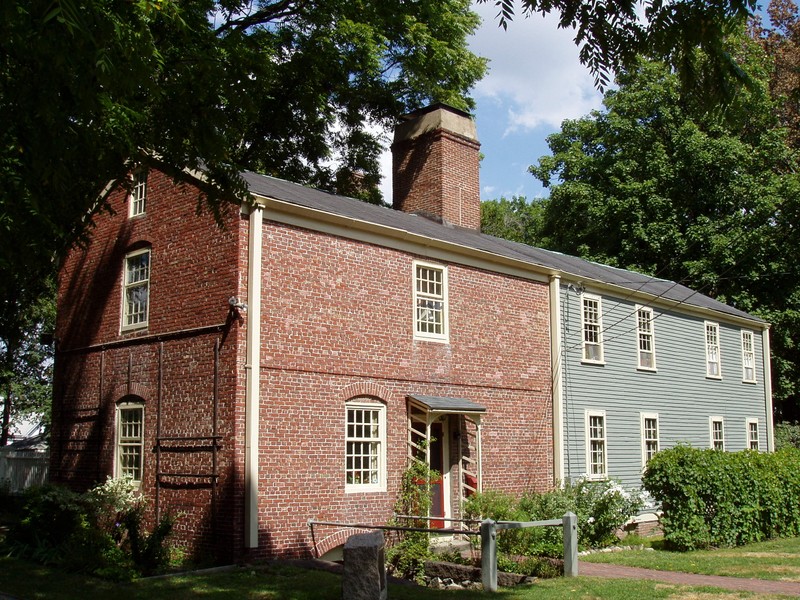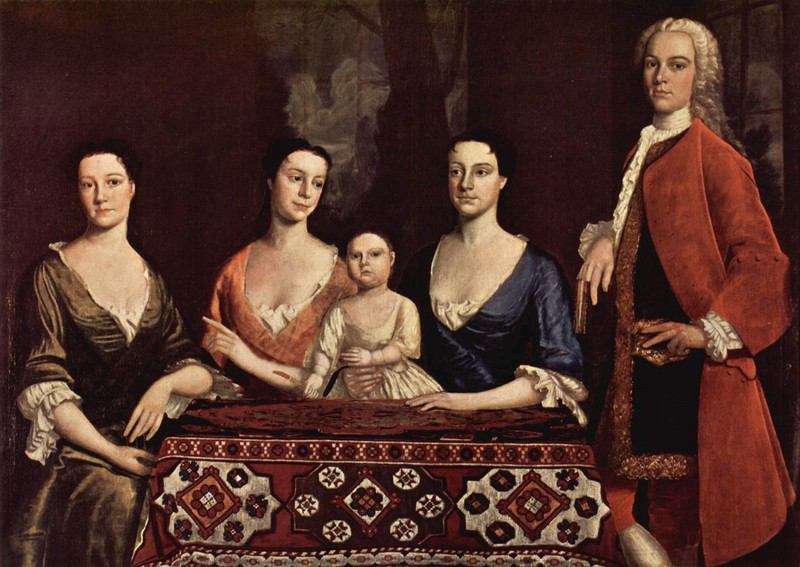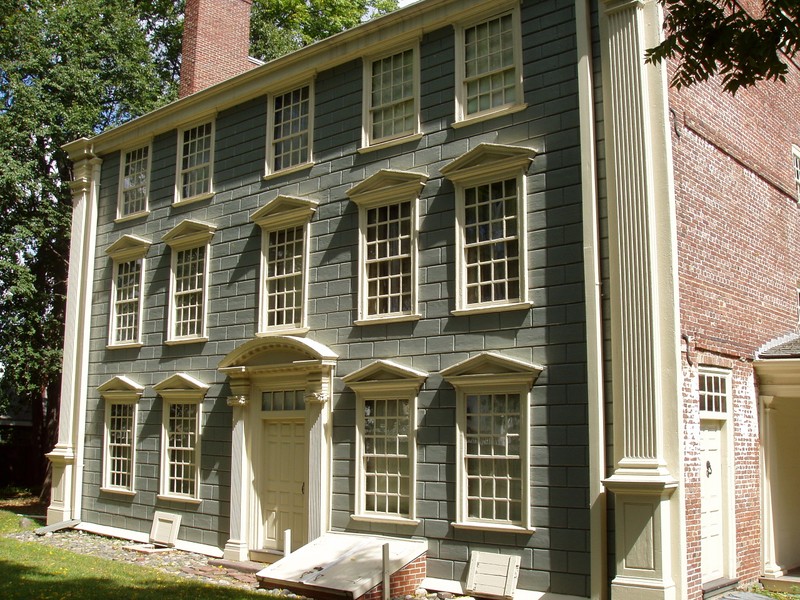The Royall House and Slave Quarters
Introduction
Text-to-speech Audio
Images
Isaac Royall House, East (front) facade. "Isaac Royall House, Medford, Massachusetts - East (front) facade. Image by Daderot. Licensed under CC BY-SA 3.0 via Wikimedia Commons.

Slave Quarters building. Image by Daderot. Licensed under CC BY-SA 3.0 via Wikimedia Commons.

Painting of Isaac Royall, Jr. with his wife and child at his side, and other relatives, by Robert Feke (1741).

Isaac Royall House, West (back) facade. Photo by Daderot. Licensed under CC BY-SA 3.0 via Wikimedia Commons.

Backstory and Context
Text-to-speech Audio
Governor John Winthrop built the house on the site about 1637. On December 26, 1732 The Royall House and Slave Quarters in Medford were purchased by Isaac Royall, a wealthy merchant who owned a sugar plantation in Antigua, traded with sugar, rum and slaves. He decided to retire to an easier life in the American colonies at age of sixty, and bought this 17th century farm house and 500-acre country estate in Medford, Massachusetts. In a mere five years (1732-1737), Isaac Royall, transformed the simple Usher farmhouse into a luxurious Georgian mansion. He added the Slave Quarters building, farm outbuildings, extensive landscaped gardens and walks.
After Issac’s death his son, Isaac Royall Jr., inherited the property and continued to live in the house until 1775, when the Battle of Lexington broke out. General John Stark made the Royall House his headquarters early in the war and conferred here with Generals Washington and Lee. In 1806, the estate was returned to Isaac Royall's heirs, who sold it. In accordance with Isaac Royall's will, a portion of his estate was donated to Harvard University and used to found Harvard Law School.
In 1908, the Royall House Association bought the estate and has since used it as a historic house museum, now called The Royall House and Slave Quarters. In 1962, the Isaac Royall House was designated a National Historic Landmark for its illustration of mid-Georgian architecture, its possession of the only surviving slave quarters in Massachusetts, and its association with George Washington's strategizing with Generals Lee and Stark during the 1775 Siege of Boston.
The Royall House and Slave Quarters are among the last relics of the “Peculiar Institution” of slavery in New England. During the summers of 1999, 2000, and 2001, archaeologists probed the earth here in search of evidence of this oft-overlooked aspect of New England’s history. This huge effort revealed 65,000 of artifacts from the Royall period (1732-1775) that help illuminate the meanings of freedom and independence in the context of a household of wealthy Loyalists and enslaved Africans.
